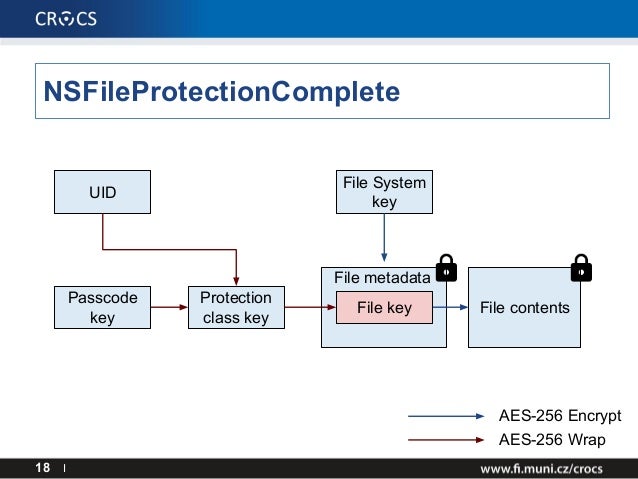Aug 18, 2011 Encrypting & Decrypting Data Files by Using AES and RSA Algorithms. Private key must be saved in a secure place and public key should be sent to source side to encrypt AES key. Generate 256-bit AES key (as explained above). Encrypt data files with generated AES key. Informix® supports built-in encryption and decryption functions. The encryption functions ENCRYPTAES and ENCRYPTTDES return an encrypteddata value that encrypts the data argument. Conversely, decryption functions DECRYPTCHAR and DECRYPTBINARY return a plain-text data value from the encrypteddata argument. Encrypting your files makes them difficult for anyone to access and read without your password. If you're into the encryption theme in your project, we'll show you in this article how to encrypt and decrypt files using the AES algorithm easily.
Symmetic encryption
For symmetic encryption, you can use the following:

To encrypt:
To decrypt:
Asymmetric encryption
For Asymmetric encryption you must first generate your private key and extract the public key.
To encrypt:
To decrypt:
Encripting files
You can't directly encrypt a large file using rsautl. Instead, do the following:
- Generate a key using
openssl rand, e.g.openssl rand 32 -out keyfile. - Encrypt the key file using
openssl rsautl. - Encrypt the data using
openssl enc, using the generated key from step 1. - Package the encrypted key file with the encrypted data. The recipient will need to decrypt the key with their private key, then decrypt the data with the resulting key.
Ultimate solution for safe and high secured encode anyone file in OpenSSL and command-line:
Private key generation (encrypted private key):
With unecrypted private key:
With encrypted private key:
With existing encrypted (unecrypted) private key:

Encrypt a file
Encrypt binary file:
Encrypt text file:
What is what:
smime— ssl command for S/MIME utility (smime(1)).-encrypt— chosen method for file process.-binary— use safe file process. Normally the input message is converted to 'canonical' format as required by the S/MIME specification, this switch disable it. It is necessary for all binary files (like a images, sounds, ZIP archives).-aes-256-cbc— chosen cipher AES in 256 bit for encryption (strong). If not specified 40 bit RC2 is used (very weak). (Supported ciphers).-in plainfile.zip— input file name.-out encrypted.zip.enc— output file name.-outform DER— encode output file as binary. If is not specified, file is encoded by base64 and file size will be increased by 30%.yourSslCertificate.pem— file name of your certificate's. That should be in PEM format.
That command can very effectively a strongly encrypt any file regardless of its size or format.
Decrypt a file
Decrypt binary file:
Decrypt Aes
For text files:
What is what:
-inform DER— same as-outformabove.-inkey private.key— file name of your private key. That should be in PEM format and can be encrypted by password.-passin pass:your_password— (optional) your password for private key encrypt.
Verification
Key Generation Failed Encrypt_aes Windows 7

Creating a signed digest of a file:
Verify a signed digest: